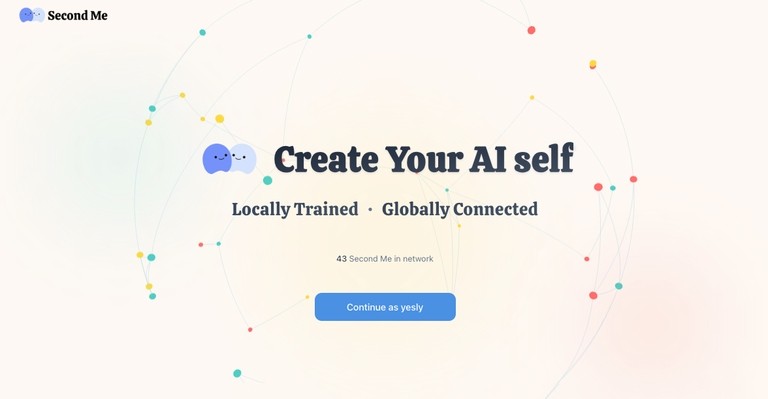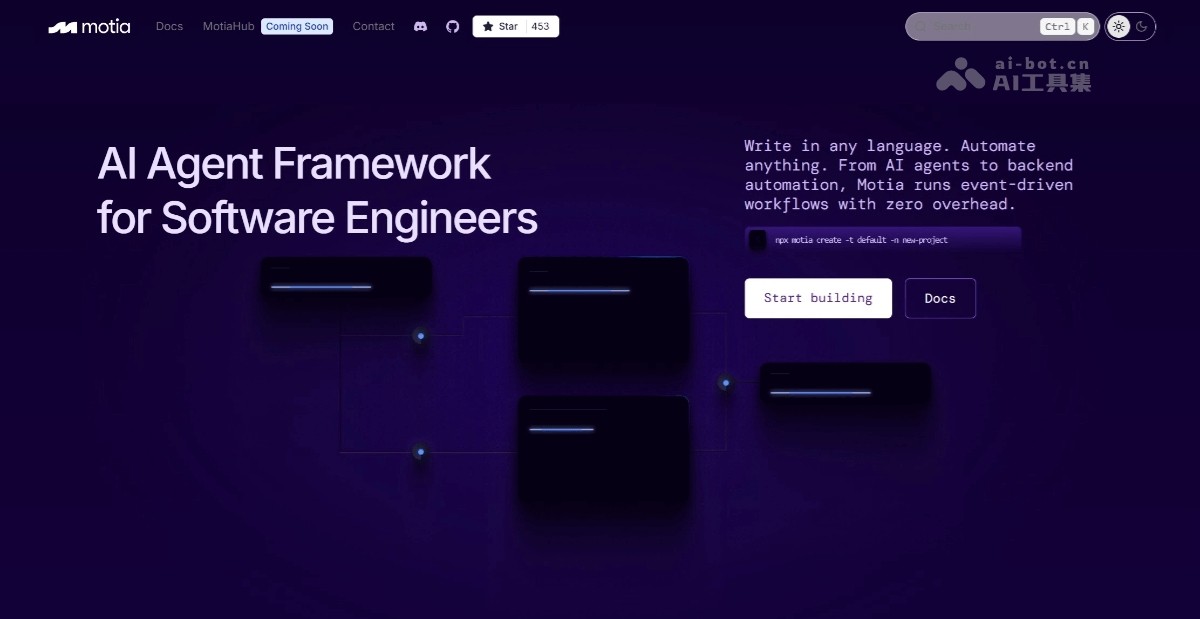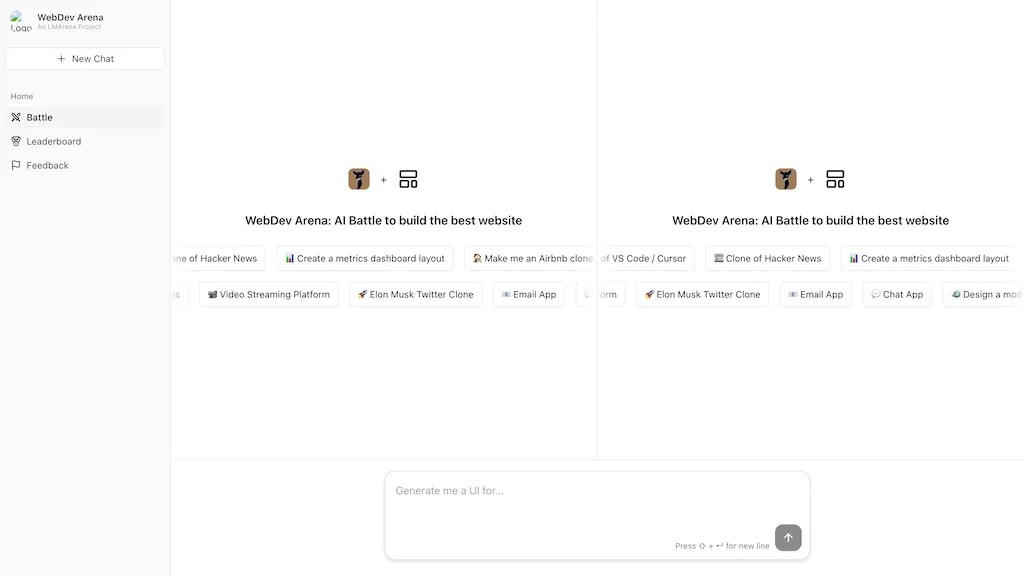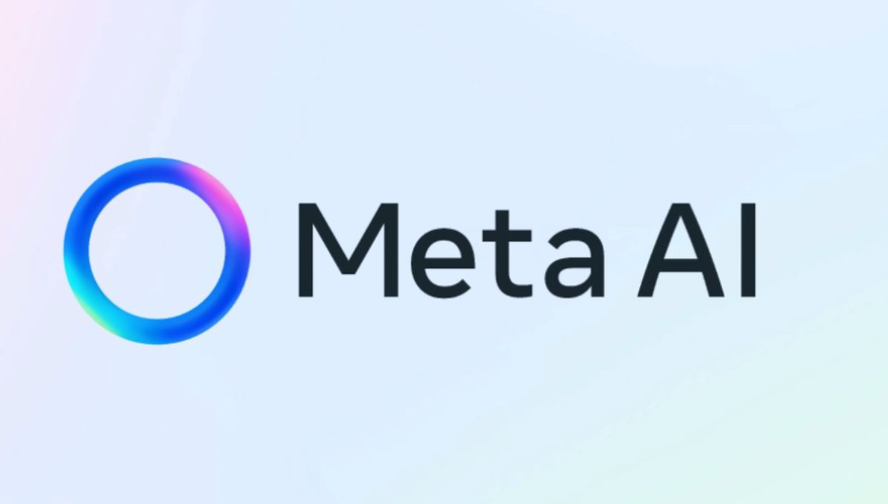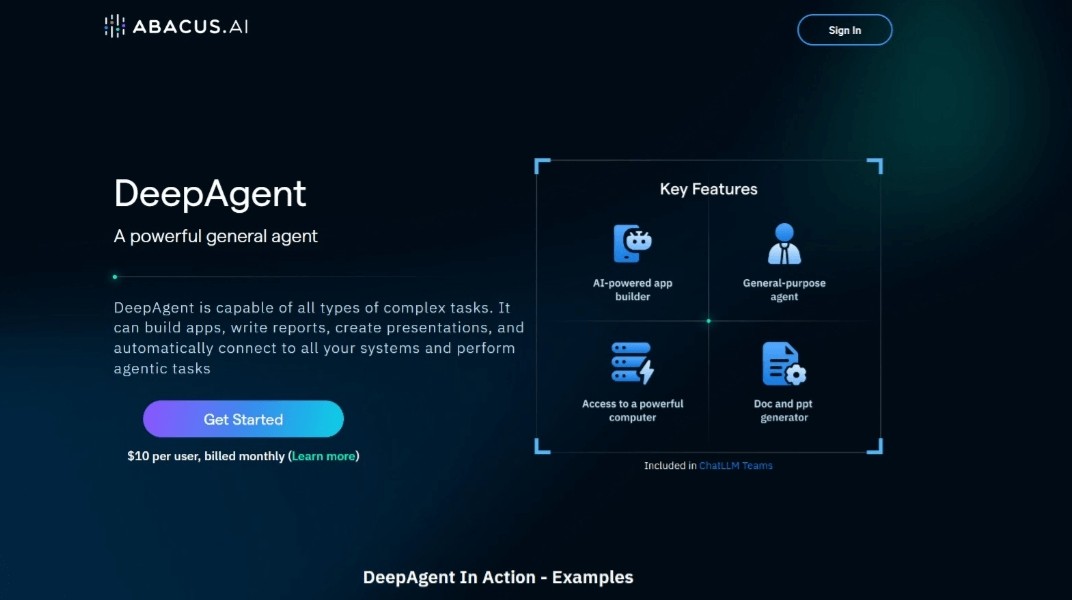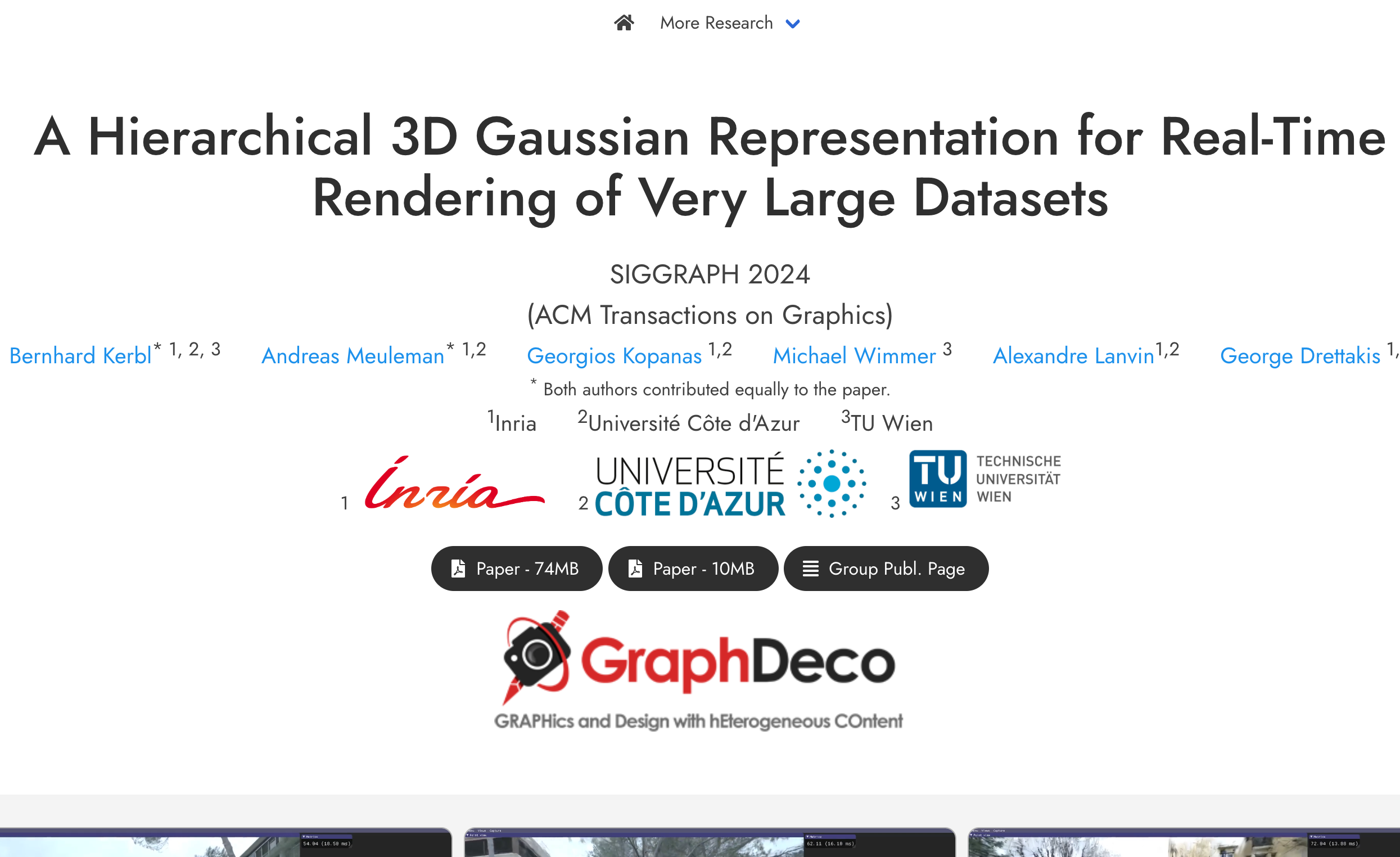
This study proposes a new hierarchical 3D Gaussian representation method for real-time rendering of very large datasets. This method provides excellent visual quality, fast training and real-time rendering capabilities through 3D Gaussian splatting technology. Through layered structures and effective Level-of-Detail (LOD) solutions, distant content can be rendered efficiently and smooth transitions between different levels can be achieved. The technique is able to adapt to available resources, training large scenes through a divide-and-conquer approach, and integrating them into a hierarchy that can be further optimized to improve visual quality when Gaussians are merged into intermediate nodes.
Demand group:
Visual Effects Specialist: Professionals who require high-quality rendering results.
Game developers: Game developers who need to render large scenes in real time.
Simulation and Visualization: Researchers who need to visualize large-scale data in virtual environments.
Education and training: Provided to educational institutions that need to learn 3D rendering technology.
Example of usage scenario:
Real-time rendering for creating virtual cityscapes.
In game development, it is used to render complex game environments.
In the field of education, it serves as a teaching case for 3D rendering technology.
Product features:
Excellent visual quality: Provide high-quality visual effects through 3D Gaussian splatting technology.
Fast Training: Allows fast training for real-time rendering.
Real-time rendering: Supports real-time rendering of large data sets.
Level-of-Detail (LOD) solution: Provides an efficient way to render distant content.
Smooth transitions: Achieve smooth visual transitions between different levels.
Divide and conquer training method: allows different parts of a large scene to be trained independently.
Resource Adaptability: Rendering quality can be adjusted based on available resources.
Usage tutorial:
Step 1: Prepare large datasets including hundreds of thousands of images.
Step 2: Use the hierarchical 3D Gaussian representation method to train the data set.
Step 3: Use LOD solutions to optimize rendering of distant content.
Step 4: Achieve smooth transitions between different levels to enhance the visual experience.
Step 5: Adjust rendering quality based on available resources to accommodate different hardware conditions.
Step 6: Perform real-time rendering, observe and evaluate the rendering results.
